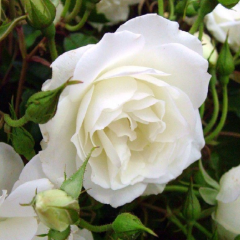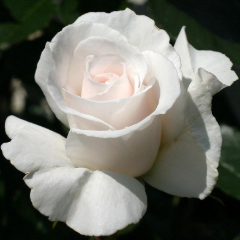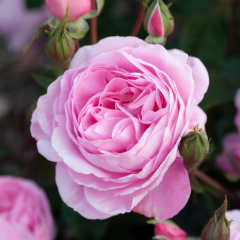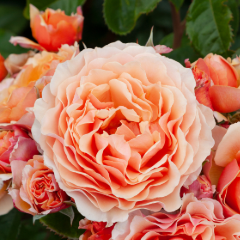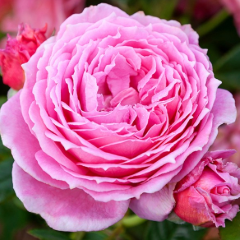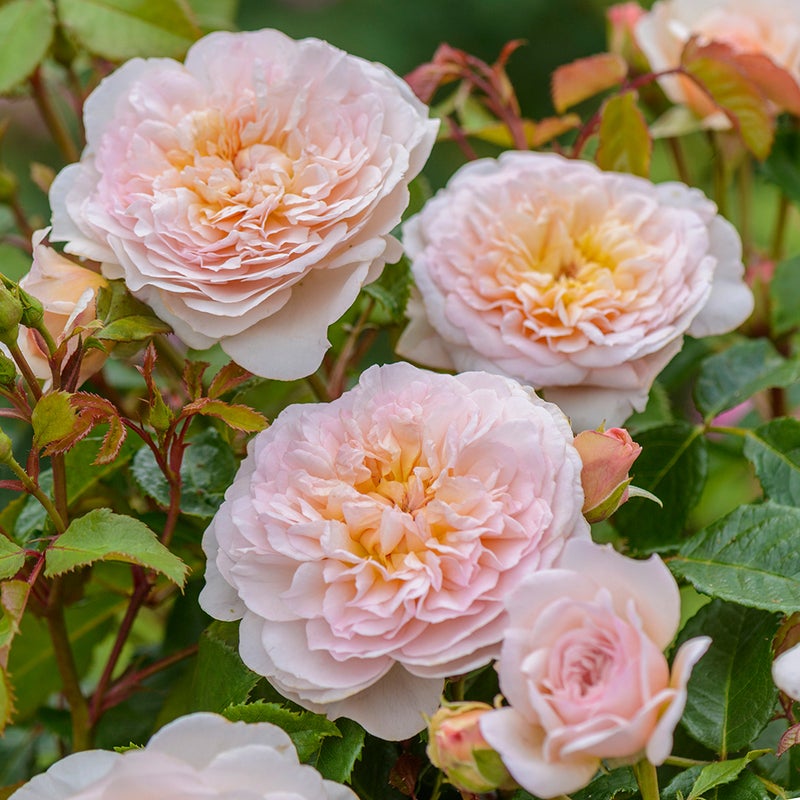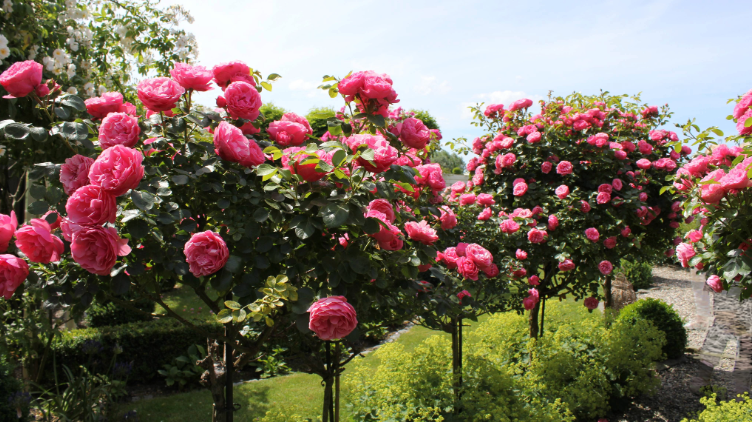
Blooming Beauties - Loving Roses
04 Jun, 2024
Care Tips
Position
The first step for a successful rose is finding the perfect spot. Choose a spot with full sun and well-draining soil that is rich in organic matter, as well as good airflow to reduce the risk of fungal diseases.
Planting
Once you’ve chosen the perfect spot, dig a hole at least twice the depth and width of the pot the rose came in. Backfill the hole with your original soil, mixed with Kings Compost and Kings Sheep Pellets. Alternatively, you can use Kings Garden Mix. Place your rose in the hole and backfill, ensuring the soil is pressed down and firm. Mulch to finish, keeping it a few centimetres away from the trunk.
Care
Once your rose is flowering, feed with Kings Sheep Pellets and Kings Slow Release Rose Food, or Aquaticus Organic Garden Booster if you prefer an organic option. Water regularly, and opt for a slow, deep watering a couple of times a week rather than a light daily watering. Add mulch to suppress weeds and improve water retention in the soil. Keep on top of deadheading, cutting back to a point where the stem is strong enough to support the next shoot.
After leaf fall in winter, spray with Grosafe Enspray 99 Oil to clear up any overwintering spores and insects. Spray with Yates Super Shield over winter, and again at bud burst in spring.
Pruning
Late July is traditionally the time to prune established roses as they are in a dormant state. To prune, cut back to an outward-facing bud at a 45-degree angle and remove any dead, damaged or diseased shoots, thin twigs, and crossing branches. Seal with pruning paste if the cut is larger than 15mm. Check for suckers at the base of the plant, usually below the graft point, and remove any unwanted ones. For bush and standard roses, create an open vase shape by shortening the remaining branches by at least one-third, trimming back to an outward-facing bud. For climbers, open the rose up to increase airflow, then trim back by up to a third.
